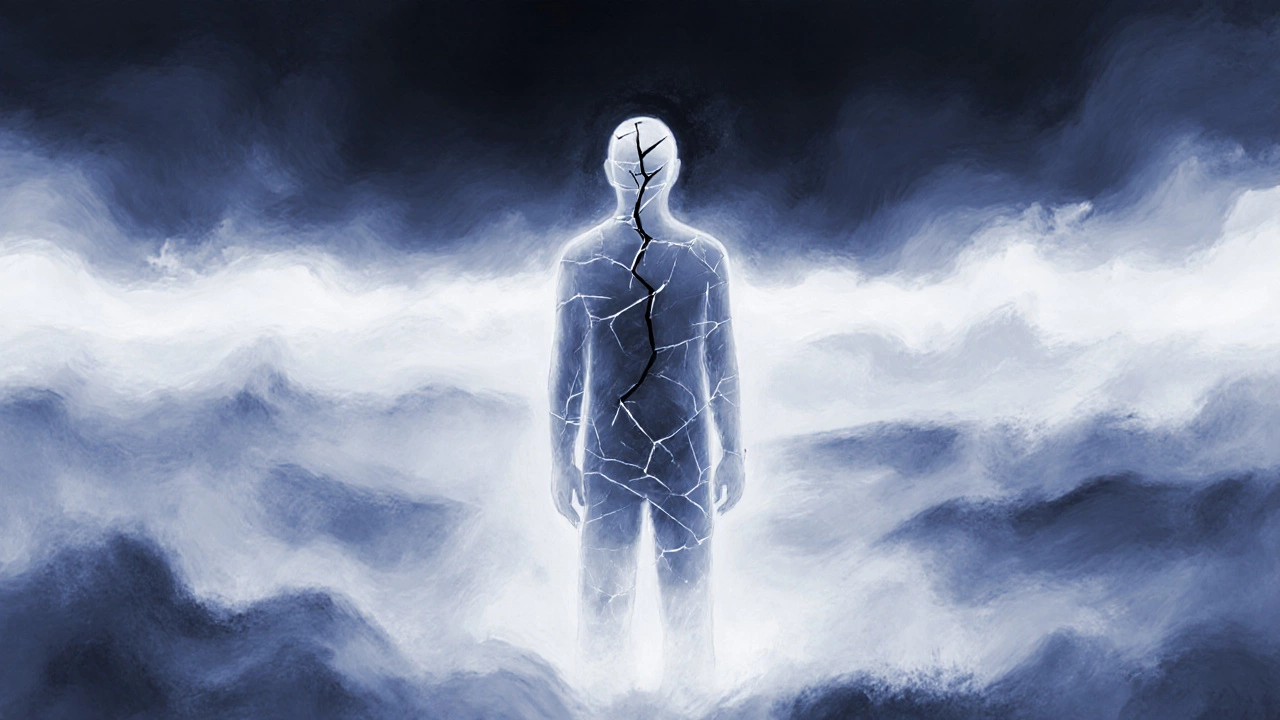mental health suffering – resources and insights
When working with mental health suffering, the condition where emotional and psychological distress interferes with daily life. Also known as mental distress, it affects people of all ages and can show up as constant worry, low mood, or loss of interest in usual activities.
The most common form of anxiety disorder, a group of mental health conditions marked by excessive worry and physical tension often tops the list of mental health challenges. When anxiety pairs with chronic stress, the body’s response to demanding situations that can trigger mental strain, the result is a deeper sense of suffering that can spill over into sleep, work, and relationships. Add depression or burnout into the mix, and the impact multiplies, making everyday tasks feel overwhelming.
One proven way to break the cycle is psychotherapy, talk‑based treatment that helps people understand and manage thoughts, emotions, and behaviors. Whether it’s cognitive‑behavioral therapy (CBT), dialectical‑behavioral therapy (DBT), or supportive counseling, the goal is to give you tools to reframe negative thoughts and develop healthier coping habits. A therapist can also read non‑verbal cues, like hand movements, to gauge hidden tension and tailor the session accordingly.
Beyond professional help, lifestyle tweaks matter a lot. Regular exercise releases endorphins that lift mood, while a balanced diet rich in omega‑3 fatty acids supports brain health. Quality sleep—seven to nine hours for most adults—restores emotional regulation. Simple practices such as mindfulness meditation, deep‑breathing exercises, or yoga can lower cortisol, the stress hormone, and improve resilience. Even certain herbal supplements, like ashwagandha or turmeric, have shown modest benefits for anxiety when used responsibly.
In India, cultural factors shape how mental health suffering is recognized and addressed. Stigma still discourages many from seeking help, but growing awareness campaigns and tele‑health platforms are changing the narrative. Community groups, religious leaders, and workplace wellness programs now play a bigger role in offering support and reducing isolation. Knowing where to find a qualified psychiatrist or a certified counselor online can make the first step less intimidating.
Age adds another layer of nuance. Young adults face academic pressure, social media comparison, and identity questions, while older adults may deal with retirement anxiety, chronic illness, or loss of loved ones. Tailored interventions—like school‑based counseling, senior‑center support circles, or intergenerational mentorship—recognize these distinct stressors and provide age‑appropriate coping strategies.
Screening tools help you identify early signs before they spiral. Standard questionnaires such as the GAD‑7 for anxiety or the PHQ‑9 for depression can be completed in minutes, either on paper or via mobile apps. These assessments create a baseline, guide treatment choices, and track progress over time. Some digital platforms even offer AI‑driven mood tracking that flags concerning patterns and suggests actionable steps.
When it comes to treatment, a combination approach often works best. Medication—like SSRIs for anxiety—may be prescribed alongside psychotherapy, lifestyle changes, and community support. Self‑help resources, such as guided journals, peer‑support forums, and educational videos, empower you to take charge of your mental well‑being. Regular check‑ins with a healthcare professional ensure that any plan stays safe and effective.
Below, you’ll find a hand‑picked collection of articles that dive deeper into each of these topics—from understanding anxiety disorders and the role of therapists to practical tips for stress reduction, nutrition, and navigating the Indian healthcare system. Explore the range of insights and start building a roadmap toward a healthier mind today.





